|
Accessing prior knowledge is an important element of instruction especially when serving multilingual learners. It doesn’t have to take long, but when implemented it can stimulate thinking and help new learning stick too.
ABC Brainstorming is one way to access prior knowledge, and it can also be used as a culminating activity. ABC Brainstorming can be done in small collaborative groups or it can be done individually. I have found it most effective when introduced first individually for a few minutes and then in small collaborative groups. This article was originally shared on the Seidlitz Blog on April 29, 2020.
Imagine you are a second grade student born in America, and you only speak English. You’ve attended English schools until now. But your father’s job has relocated your family to France, and now you are in a classroom filled with students and a teacher who only speak French (a language you have never spoken). The science teacher hands you a book and signals for you to read it. You open the book and find that it is filled with pictures…no words. First a group of horses. A mare feeding a foal. A colt running wild. Then a group of pigs, chickens, cows, etc. Instantly, you begin to think about the information you know about animals. What they are called, where they live, what they eat, etc. Though you aren’t able to communicate this information in French yet, you are able to follow along with the class and think in English using the schema and background knowledge you have about animals. Why Use Wordless Picture Books? Art teacher, Libby Beaty, teaches in Seoul, South Korea at Seoul Foreign Middle School. I came across her Twitter handle in April and was instantly hooked. But I didn’t know how much I would actually love her until after I asked her to answer a few questions for me. When I read her responses, my heart filled with joy and I couldn’t wipe the smile off my face. It was Teacher Appreciation Week and this is yet another example of a teacher we must celebrate!
Here's the art project that Libby shared on Twitter and that she had her students do. It went pretty much viral. When I saw it, I reached out to Libby on Instagram and asked if I could “interview” her about her work. I asked her a series of questions. Here’s how it went. Have you heard of escape rooms? They are pretty popular lately. Kind of an innovative way to build relationships while engaging a group of people in a real life puzzle.
Breakout EDU brings a similar experience to the classroom. And if you haven't hear of it, you need to check it out! Students work in heterogeneous groups to solve a series of puzzles related to a unit of study. Students must work together in order to reveal the codes which unlock several locks in a set amount of time (usually 30-45 minutes). Teachers can create Breakout EDU games that address the curriculum and state standards for the grade level they teach. Does Breakout EDU support ELLs? |
Categories
All
|
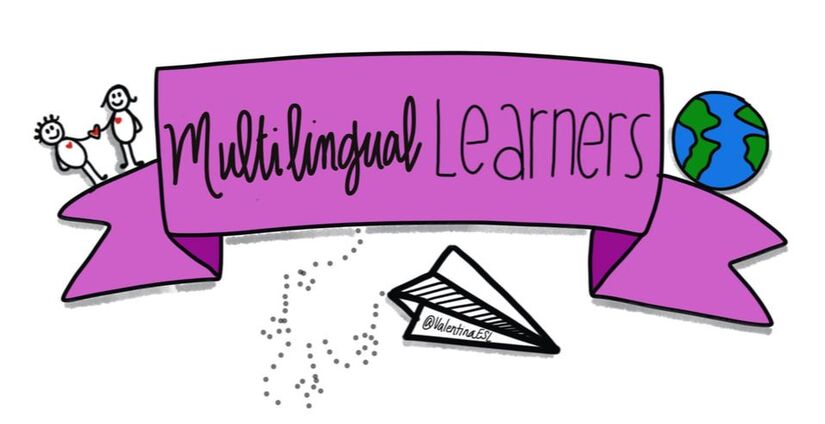
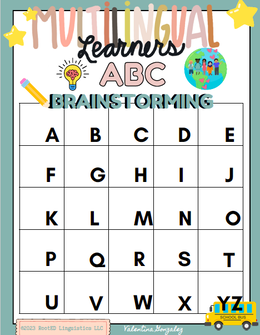
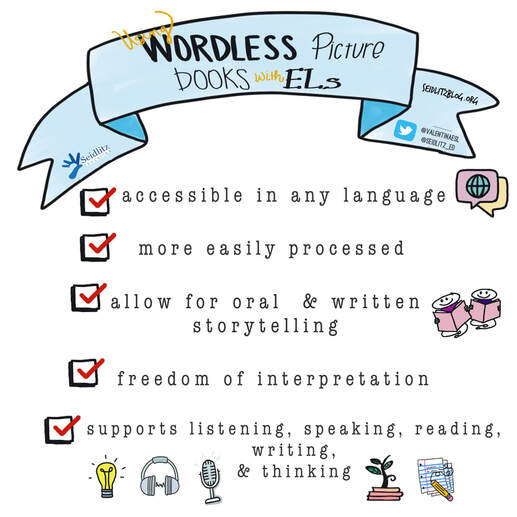
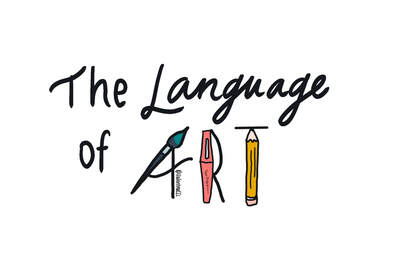
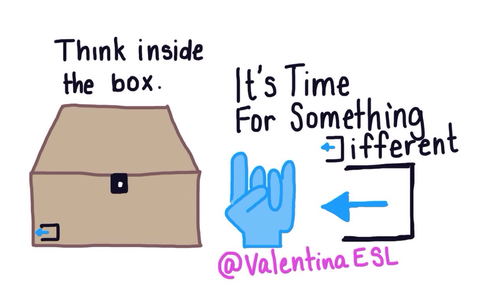
 RSS Feed
RSS Feed
